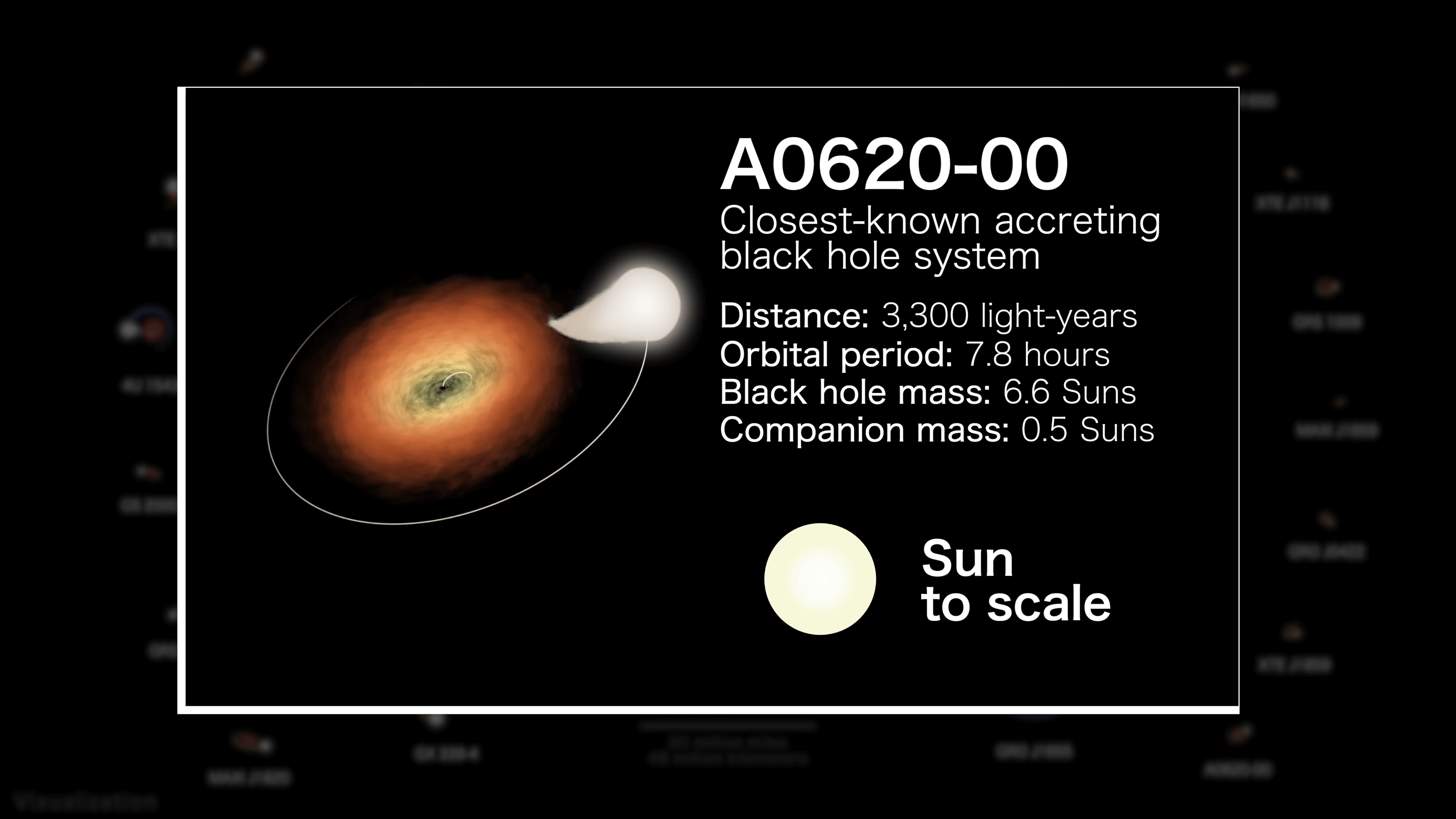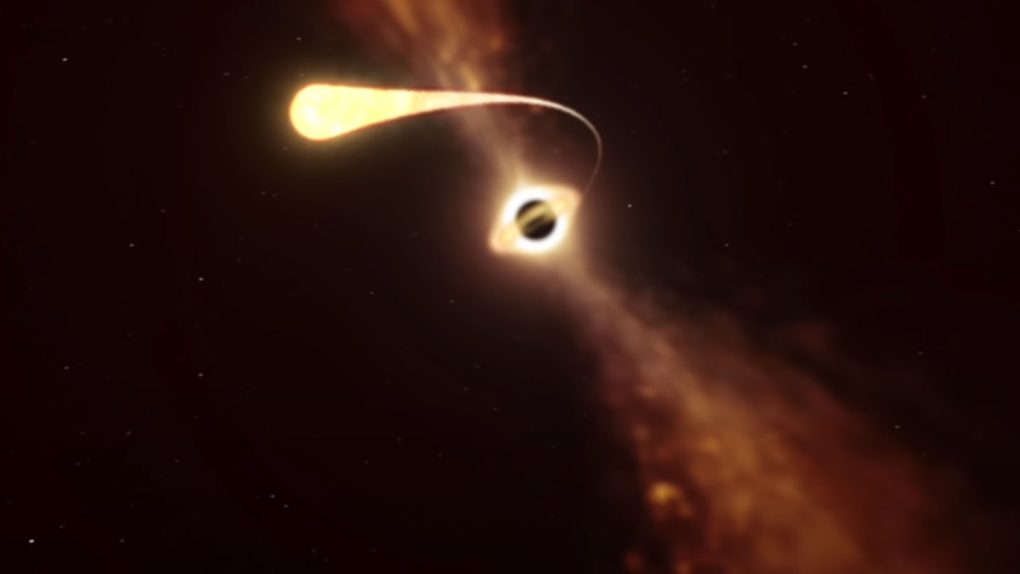NASA has released a new video that does a great job of visualizing the slow spiral of a black hole eating a star. The video is meant to showcase the best-known black hole systems. In it, NASA showcases multiple systems where a star has been caught in a black hole’s gravitational pull. It’s a stark reminder of just how murderous these iconic celestial entities are.
These are the best-known black holes we’ve discovered so far
As I noted above, the video that NASA released showcases a slew of the best-known black holes discovered so far. These include Cygnus X-1, our first confirmed black hole. It’s located 7,200 light-years away and has an orbital period of 5.6 days. Unlike other systems, though, this system’s black hole orbits the star as it eats away at it.
Other visualizations from the video show other systems where the black hole is eating the star as it swirls around it. Like A0620-00, the closest-known accreting black hole system. This system has a spectacular visual of a star pulled into a teardrop shape as the black hole siphons mass and energy from it. This black hole is only 3,300 light-years away from us. Its star is only a little smaller than our Sun.
Of course, the visualizations of the black holes eating stars are larger than they actually are. That’s because NASA has scaled its spheres to reflect the mass of each black hole. Previously, we’ve even seen images of black holes erupting. This video gives a great overview of some well-known black holes, though, and helps us better understand how they feed on the stars orbiting them.
How black holes eat stars

NASA says that black holes have two primary ways of siphoning energy from the stars that orbit them. The first way can be seen in the visualization of A0620-00 that I mentioned previously. In this visual, NASA has illustrated the star as a teardrop shape to showcase a direct flow of energy being pulled into the black hole as it eats away at the star.
Other black holes eat stars by feeding off a dense outflow of stellar wind. Cygnus X-1 is a good example of this. As the visualization shows, the black hole isn’t actually pulling at the star itself. Instead, it builds its mass off the stellar winds that flow from the star. Both visuals are exceptionally striking and can give you a better idea of how black holes eat stars.
Black holes have long been a point of contention in the scientific world, especially as we strive to learn more about them. Earlier this year, scientists created a model that could give us an idea of what the inside of a black hole looks like.








